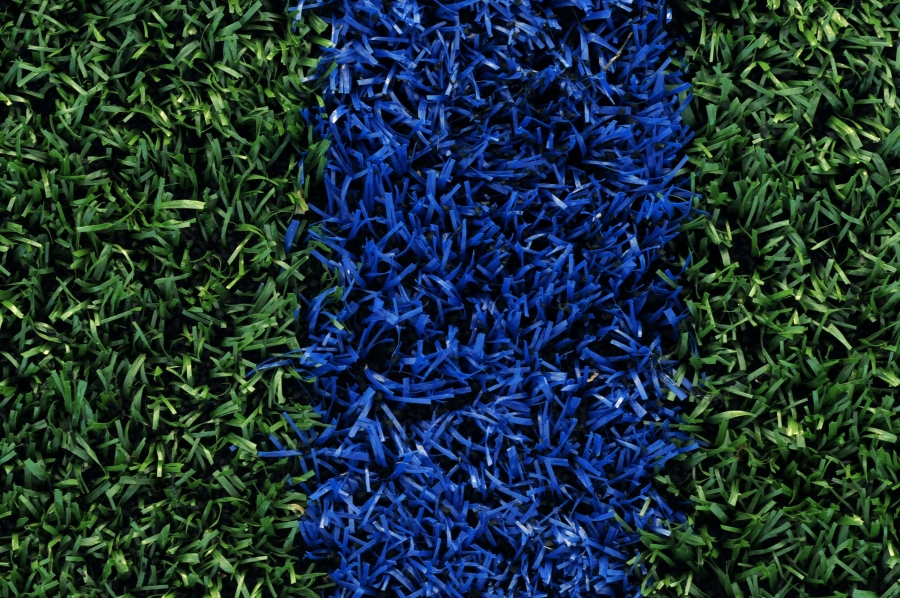Replacing your natural grass with artificial turf might not seem like the most environmentally friendly decision at first glance. Think through some of the benefits of artificial turf, however, and it becomes clear that this material is more “green” than it seems. To help you determine the best surface to use for your lawn or sports field, here are a few insights into how artificial turf promotes green tech.
Encourages Recycling
Most people understand that recycling is important. Unfortunately, due to the low demand for recycled plastic, much of the plastic that is put out for recycling ends up in a landfill.
However, many types of synthetic turf are made from various types of recycled plastic. This fact helps lower the cost of the turf and increases the demand for recycled plastic. As a result, more plastic is recycled and less is sent to the landfill.
Minimizes Waste
One big problem with natural grass installations is that no two installations are alike. This means that a wide variety of tools and supplies are needed to maintain these lawns.
With artificial turf, however, the requirements for the various types of turf are fairly standardized, meaning that everything from the tools used to install the turf to the supplies used to create it can be standardized. This creates much less manufacturing waste and allows for constant innovation.
Eliminates Water Use
Since artificial turf requires no water to maintain its color, no water is wasted by homeowners and sports teams to keep their lawn or field looking great. For homeowners, then, the tech used to water other areas around their property, such as gardens, can be greatly enhanced. Simpler water requirements encourage increased investment in garden irrigation systems as well as low-flow fixtures in the home.
No Need for Fertilizer
Another thing that artificial turf doesn’t need is fertilizer. This makes artificial turf great for the environment because most synthetic fertilizers can cause harm to animals and natural water supplies.
As with the reduction in water use, this reduction in fertilizer use can help incentivize homeowners to use natural fertilizers such as compost for the areas on their property that do need a little growth boost.
Quality Installation
One of the components that determine the environmental friendliness of artificial turf is the quality of the installation. If the installation is performed correctly, then the turf will last for many years, limiting the number of times the turf has to be replaced over the life of the homeowner. Therefore, to make your artificial turf as environmentally friendly as possible, it’s important to choose a quality contractor to put the turf in place.

